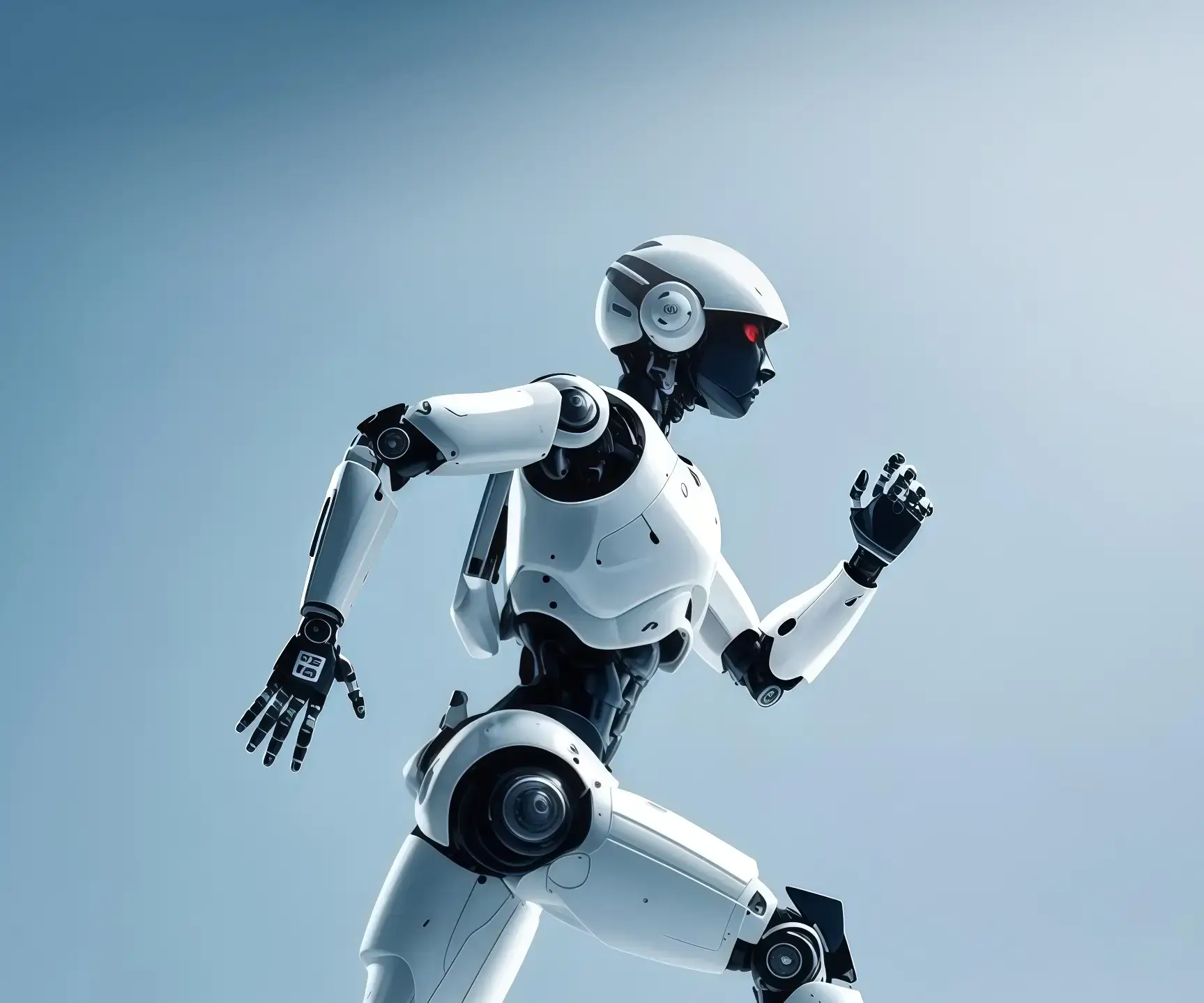Certainly! Here is the first part of your soft article based on the theme "dc motor gearbox 3d print."

Imagine a world where engineering marvels are only limited by your imagination rather than manufacturing capabilities. Thanks to advancements in 3D printing technology, crafting custom gearboxes for DC motors has become remarkably accessible — a boon particularly for hobbyists, students, and innovators in the maker community. Whether you’re designing a robotic arm, a drone, or an automaton, the flexibility of 3D printed gearboxes opens new horizons in terms of customization, cost-efficiency, and rapid prototyping.
From Concept to Reality: The Power of 3D Printing in Gearbox Design
Traditionally, manufacturing a gearbox required expensive molds, CNC machining, or delicate manual assembly, all of which involve significant time, expertise, and cost. Today, 3D printing offers a paradigm shift. With a design on your computer, you can produce intricate gear systems directly from a filament extruder or resin vat, reducing the development cycle from weeks to hours.
This democratization means that enthusiasts can iterate designs effortlessly. Need to tweak gear ratios or modify gear tooth profiles? Print a revision overnight. Want to experiment with different gear materials or structures? 3D printing offers that flexibility without breaking the bank.
Understanding the Basics: DC Motor Gearboxes and Their Role
DC motors are renowned for their simplicity, robustness, and cost-effectiveness. However, to leverage their full potential—especially in precision applications—gearboxes are employed. A gearbox reduces the motor’s high rotational speed while increasing torque, making the motor suitable for tasks that require force rather than speed.
The typical design of a gearbox involves multiple gear stages, including spur gears, bevel gears, or worm gears, depending on the application's requirements. When designing gearboxes for 3D printing, considerations like gear material strength, print resolution, and lubrication become pivotal.
Advantages of 3D Printed Gearboxes
Customization: Rapidly tailor gear ratios, sizes, tooth profiles, and mounting configurations to fit specific project needs.
Cost-Effective: No need for expensive tools or molds; a simple filament or resin print suffices.
Lightweight & Compact: 3D printed gearboxes can be made with complex internal geometries that optimize space and weight—crucial factors in drone or robotic applications.
Rapid Prototyping: Test multiple versions quickly, refine designs, and iterate faster than traditional manufacturing could allow.
Educational Value: For students and learners, 3D printing gearbox components provides invaluable hands-on experience in mechanical design and engineering principles.
Materials and Printing Techniques for Durable Gearboxes
While the convenience of 3D printing is undeniable, material choice impacts the performance and lifespan of your gearboxes. Common materials include:
PLA: Easy to print, best for prototypes; however, it lacks the strength and durability needed for load-bearing applications.
ABS: More robust than PLA with better impact resistance; still suitable for functional prototypes.
PETG: Combines strength and flexibility, making it a popular choice for gear components.
Nylon: Offers excellent durability and wear resistance but requires specialized printing conditions.
Resin: High-resolution prints with fine detail; suitable for intricate gear designs where smooth engagement is essential.
In addition to material, print settings such as layer height, infill density, and printing orientation influence gear quality. Properly designed gear tooth profiles—such as involute gears—enhance meshing and reduce wear.
Designing for 3D Printing: Tips and Tricks
Designing a gearbox for 3D printing involves unique considerations:
Gear Tooth Design: Use CAD tools or gear-specific software to generate precise involute tooth profiles compatible with 3D printing.
Support Structures: Minimize overhangs and supports to reduce post-processing time; design gear teeth and housings to be self-supporting where possible.
Internal Tolerances: Factor in the layer resolution to ensure gears mesh smoothly; slightly larger or smaller teeth may be necessary depending on your printer's accuracy.
Assembly and Maintenance: Incorporate snap-fit features, removable shafts, or modular components for ease of assembly and future modifications.
Real-World Applications & Inspiration
Many hobbyists have successfully printed gearboxes for their robotics projects, often sharing their CAD files online. These projects range from small wheeled robots to CNC machines. The ability to tailor gearboxes to precise project specifications has empowered creators to push the boundaries of what’s possible without needing specialized manufacturing.
For instance, a student designing a robotic gripper might print a gearbox with a gear ratio optimized for torque rather than speed. A drone enthusiast could develop a lightweight gearbox that enhances flight stability. In each case, 3D printing provides an accessible platform to experiment, learn, and innovate.
Challenges and Limitations
While 3D printed gearboxes are versatile, they are not without challenges:
Material Wear: Plastic gears tend to wear faster than metal counterparts, especially under high loads or continuous operation.
Strength Limitations: Complex or heavily loaded gearboxes may require reinforced materials or hybrid designs incorporating metal gears.
Dimensional Accuracy: Print quality can vary, affecting gear meshing precision and hence the overall performance.
Lubrication and Maintenance: Plastic gears may need simulated lubrication or occasional maintenance to prolong their lifespan.
Despite these challenges, ongoing advancements in filament technology and printing techniques continue to bridge the gap between printed and traditionally manufactured gearboxes.
Kpower has delivered professional drive system solutions to over 500 enterprise clients globally with products covering various fields such as Smart Home Systems, Automatic Electronics, Robotics, Precision Agriculture, Drones, and Industrial Automation.




































